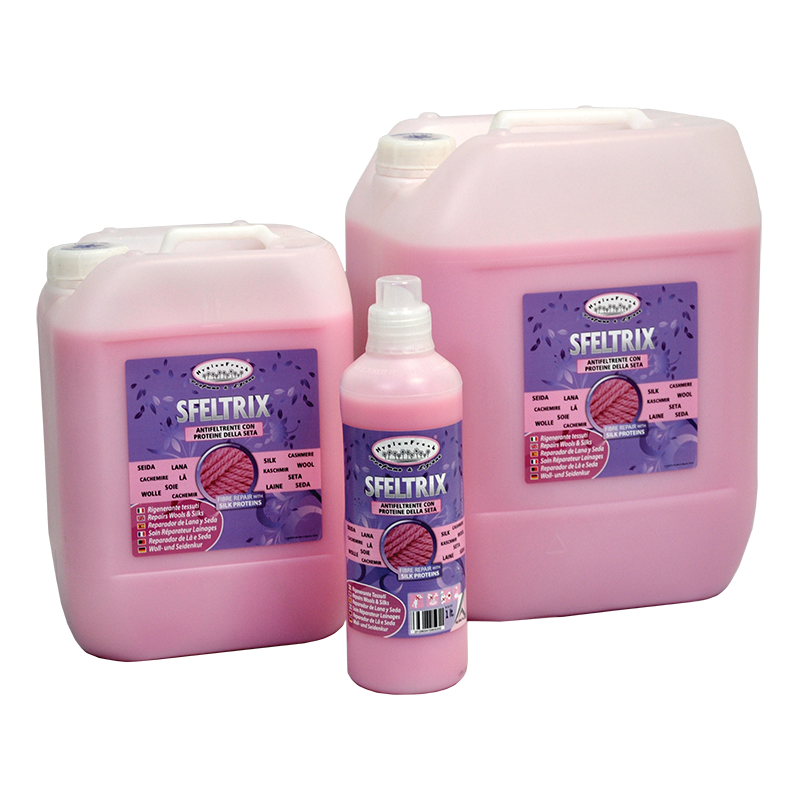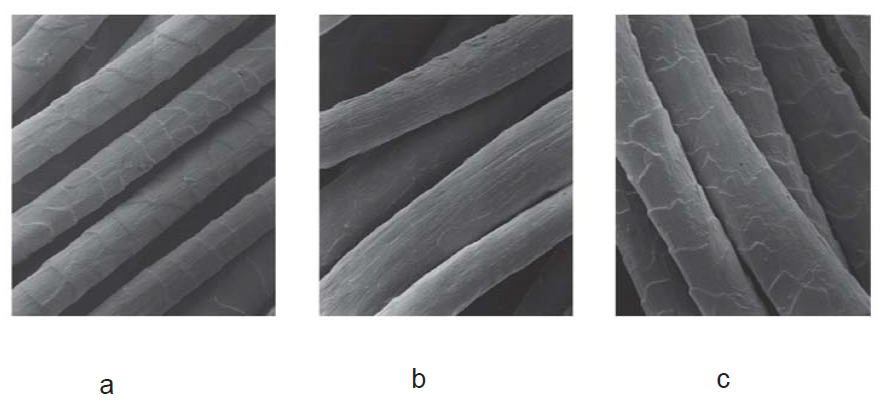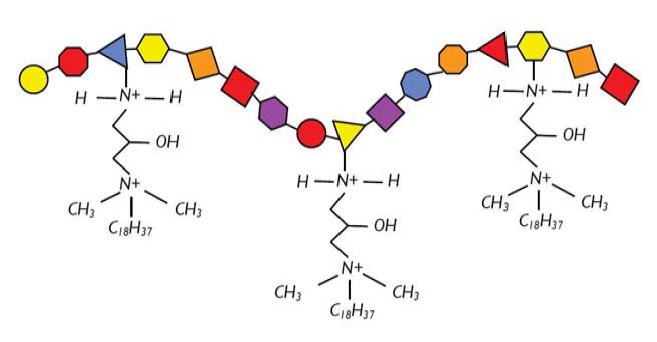Wool
Wool is a natural fibre of animal origin which comes from the sheep, rabbits and camel wool.
Among the different types of wool we can list the most famous and appreciated: Cashmere, Angora (which comes from rabbit), Merino and Alpaca.

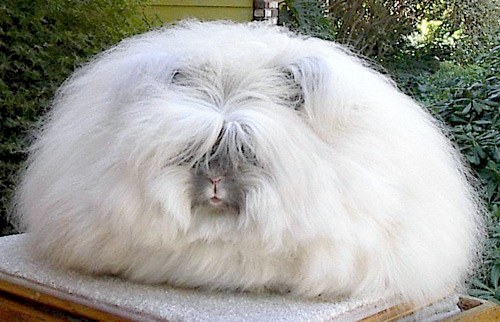
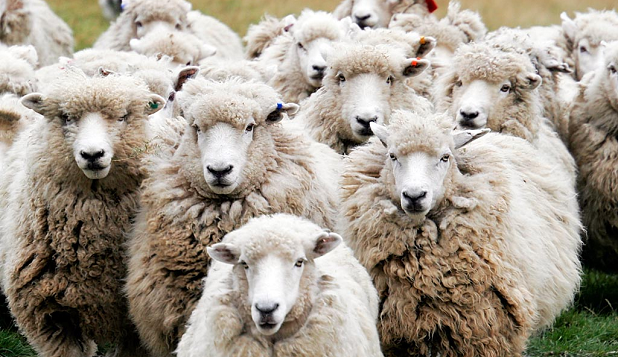
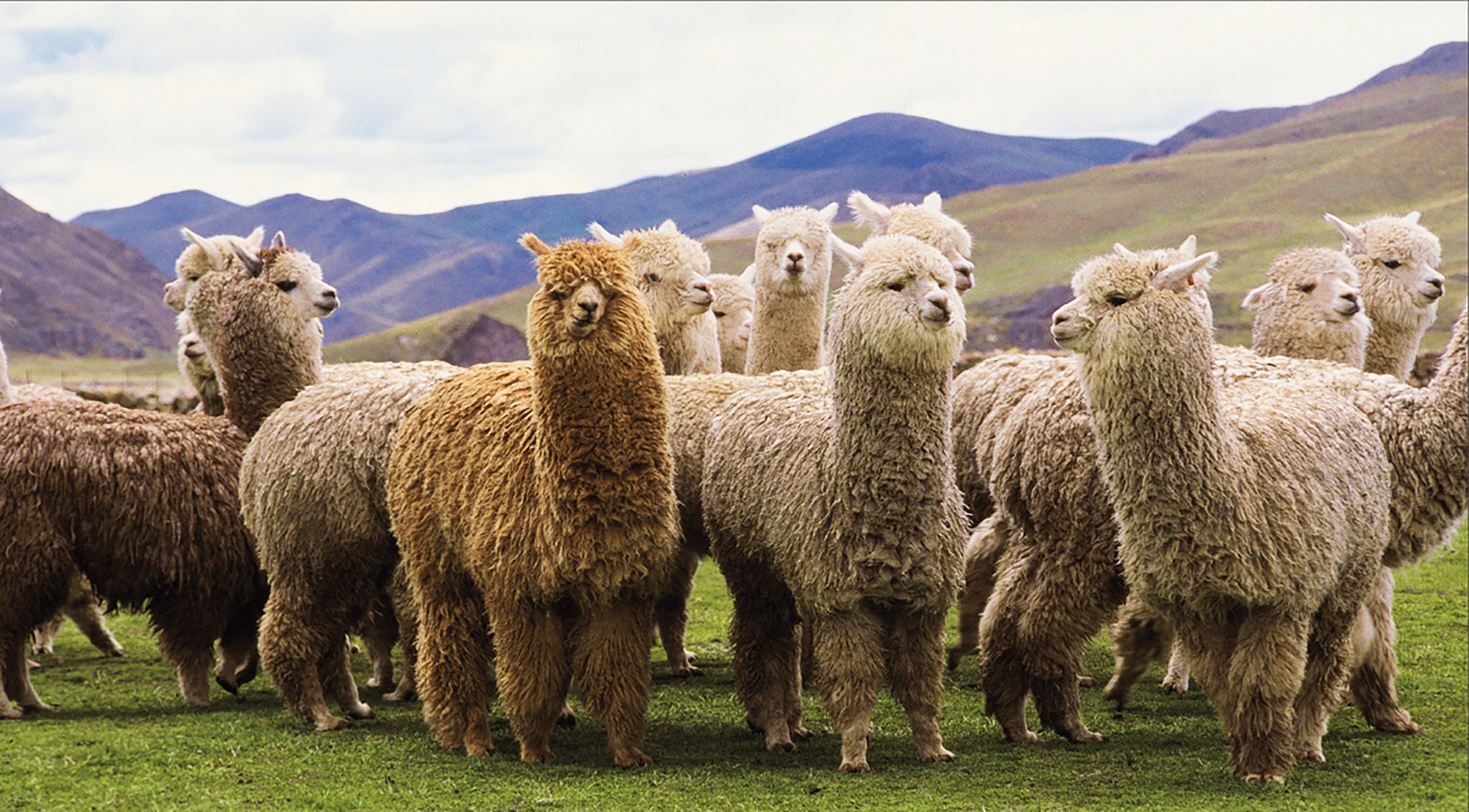
from left: cachermire, angora, merino and alpaca
Wool chemistry
Wool is composed of a very particular protein: keratin.
Keratin is a protein present in many mammals, for example in humans keratin makes up nails and hair.
Keratin, in turn, is mainly composed of an amino acid: Cysteine

cysteine molecule
This amino acid, cysteine, contains a particular atom inside its chemical composition: sulphur.
Thanks to this particular atom, cysteine, and therefore keratin, can form links to different amino acids through disulphide bridges.
These particular links give the keratin macro structure a unique flaky fibre structure, which gives wool its thermal resistance and softness.
Thanks to this peculiarity of bridges between the sulphur atoms (that for example you don’t find in cotton molecules) wool is warm and soft.
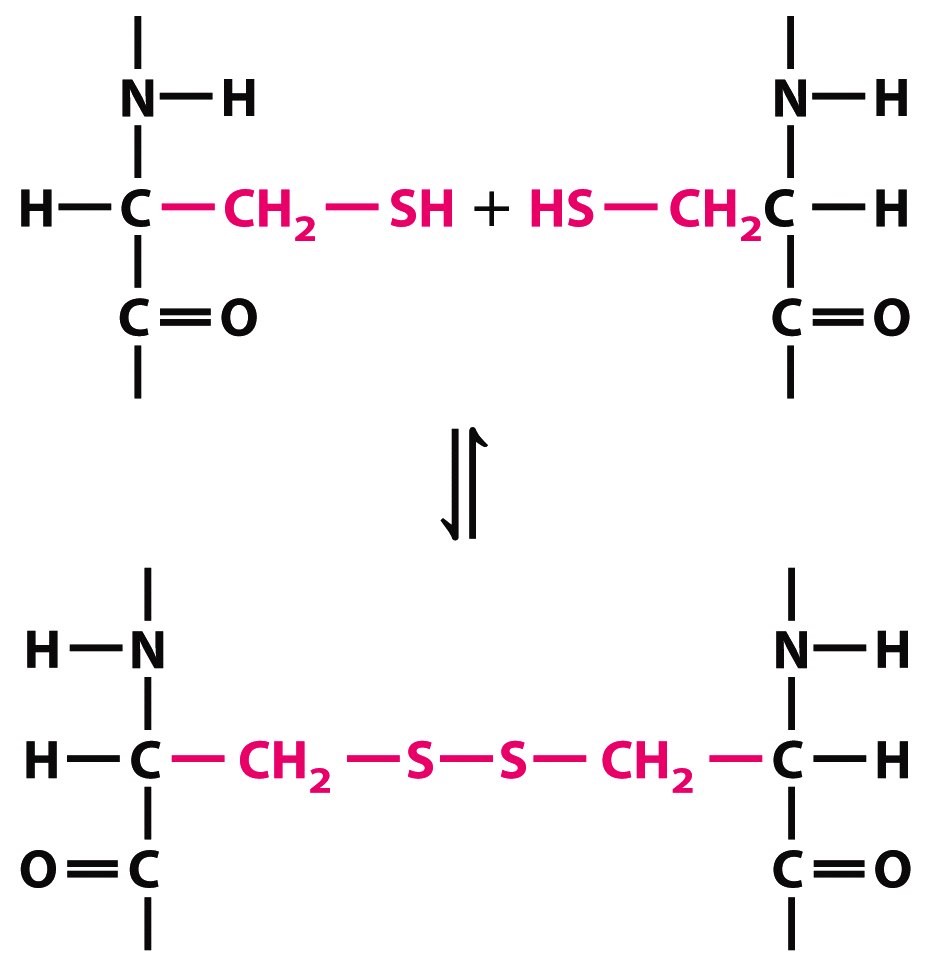
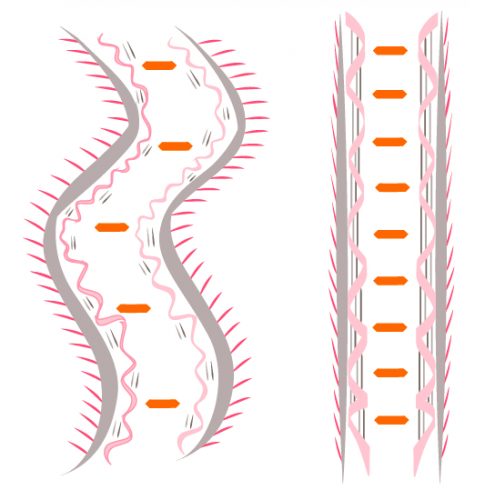
on the left chemical reaction among cysteines to create disulphide bridges. Different disulphide bridges inside a keratin fibre
However, these molecules (cysteines) and links, disulphide bridges, are sensitive to alkaline pH and high temperatures.
These 2 factors can modify the keratin structure, by creating the well known felting problem.
>>> PROBLEM <<<
Felting is a process which modifies the link between the cysteines, by modifying the disulphide bridges causes a change in the wool fibre structure, a process with almost irreversible.
This process can be caused by:
• Excessive heat during drying
• Excessive mechanical action during wash
• Use of alkaline detergents
The excessive heat on dry fibre only, because meanwhile the fibre is still wet, the heat of the tumble dryer will eliminate only the water (making evaporate water from the fibres).
However once any humidity has been eliminated, the heat will act directly on fibre, irreversibly modifying the structure.
The felting process shortens fibres and re-arranges the molecules creating the well known problem - shrinkage.
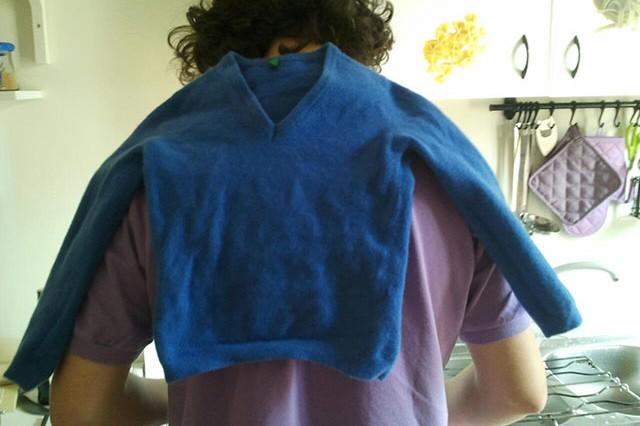
shrinked jersey due to a wash and drying mistake
In some cases this can be intentionally induced, such as in worsted wool, because worsted wool has a smoother surface and poses less shrinkage problems, but on the other hand it loses some of its softness.
Another case, in the case it can be found in at the hairdressers, is the perm. Here the hair structure is intentionally modified by acting and modifying the cysteines link (the same molecules which constitute wool) throughout a chemical and heat treatment.
>>> SOLUTION <<<
In order to avoid and prevent this problem Dr. Conedera suggests:
• Use right detergents with slightly acidic pH, such as Hygienfresh® WOOL & DELICATE (for use in normal washing machines) or HygienFresh® WOOL & SILK (for professional Wet Cleaning treatment).
• Use wash programmes with a low mechanical action (low number of rotations and low spin speeds).
• Wash with a low temperature (25°C max)
• Avoid to excessively drying garments
• Use conditioners and finishing agents which contain molecules that create a protective layer to avoid and prevent felting as well a providing nutrients to replenish the fibres, such as HygienFresh® SFELTRIX (for use in normal washing machines) or HygienFresh® Soft&Caps (for professional Wet Cleaning treatment).
RECOMMENDED PRODUCTS
|
HYGIENFRESH® WOOL & DELICATE Hygienfresh® Wool & Delicate detergent has been developed to softly clean and degrease wool fibres. Moreover it contains a particular complex to maintain a the correct pH in the wash bath. This particular system, called a buffer system, sets pH to a slightly acidic value and maintains it during the complete wash cycling. Moreover the buffer system, prevents possible operator error of accidentally dosing of alkaline products. Indeed, this system can neutralize alkaline detergents, ensuring that the pH remains at the correct value. Method of use: |
|
HYGIENFRESH® SFELTRIX The innovative silk proteins, during the last rinse cycle, will lock onto the wool fibres, by covering them and creating a new structure. These special proteins create a new fibre layer, giving even softer “touch” to garment, by treating and regenerating the fibres, and above all, they will prevent problems of shrinkage. So in case of washing errors, fibres which have be damaged can be repaired with the silk proteins that can be found in Hygienfresh® Sfeltrix.
on the left: Images under the electronic microscope (SEM) of wool fibres: a) New wool fibre | b) Wool fibre after 20 washes with normal products | c) Wool fibre after 20 washes with Sfeltrix Thanks to the silk proteins and their important and innovative process, Hygienfresh® Sfeltrix has also the ability of eliminate wool felting. Indeed, by reconstructing wool fibres, you can regain 1-2 lost sizes due to wool felting after a wash mistake. By using Hygienfresh® Sfeltrix along with Hygienfresh® Wool & Delicate detergent you can obtain excellent wash results for woollen garments, by obtaining clean, refreshed and nourished garments for an incomparable softness! Method of use: Packaging: |
In next newsletters we’ll speak about professional Wet Cleaning system and we’ll deepen our understanding of Hygienfresh® Wool& Silk and Hygienfresh® Soft & Caps products.



















